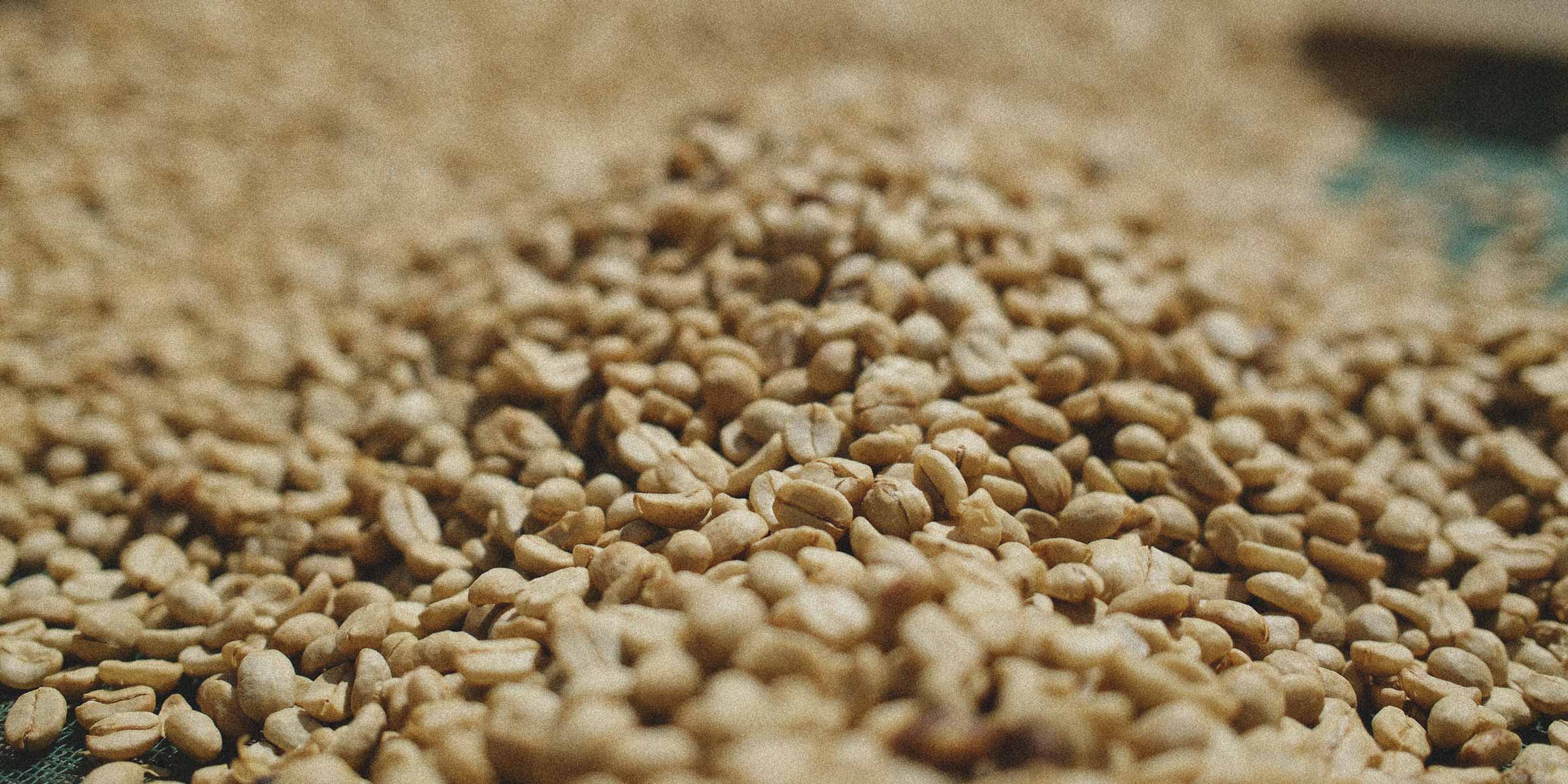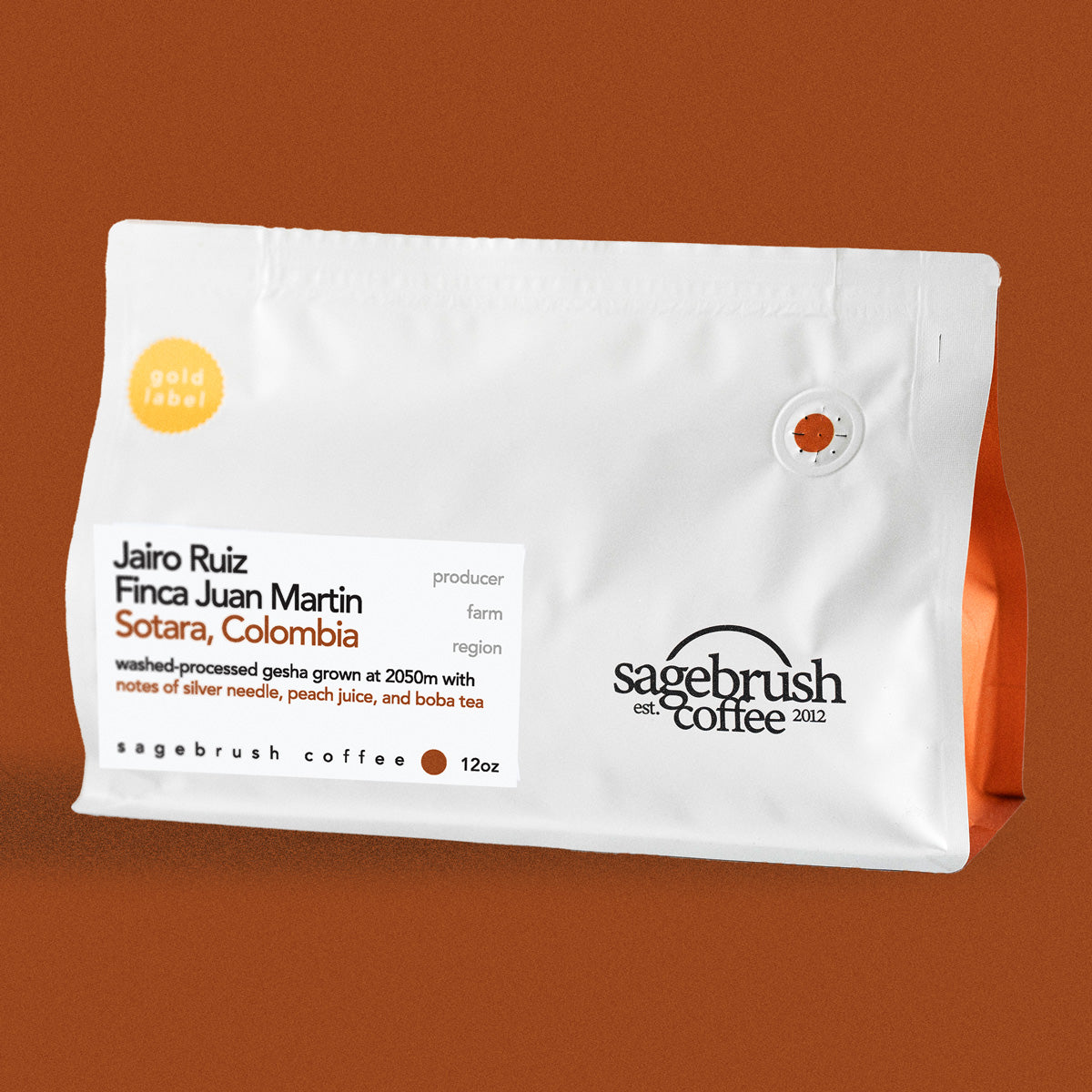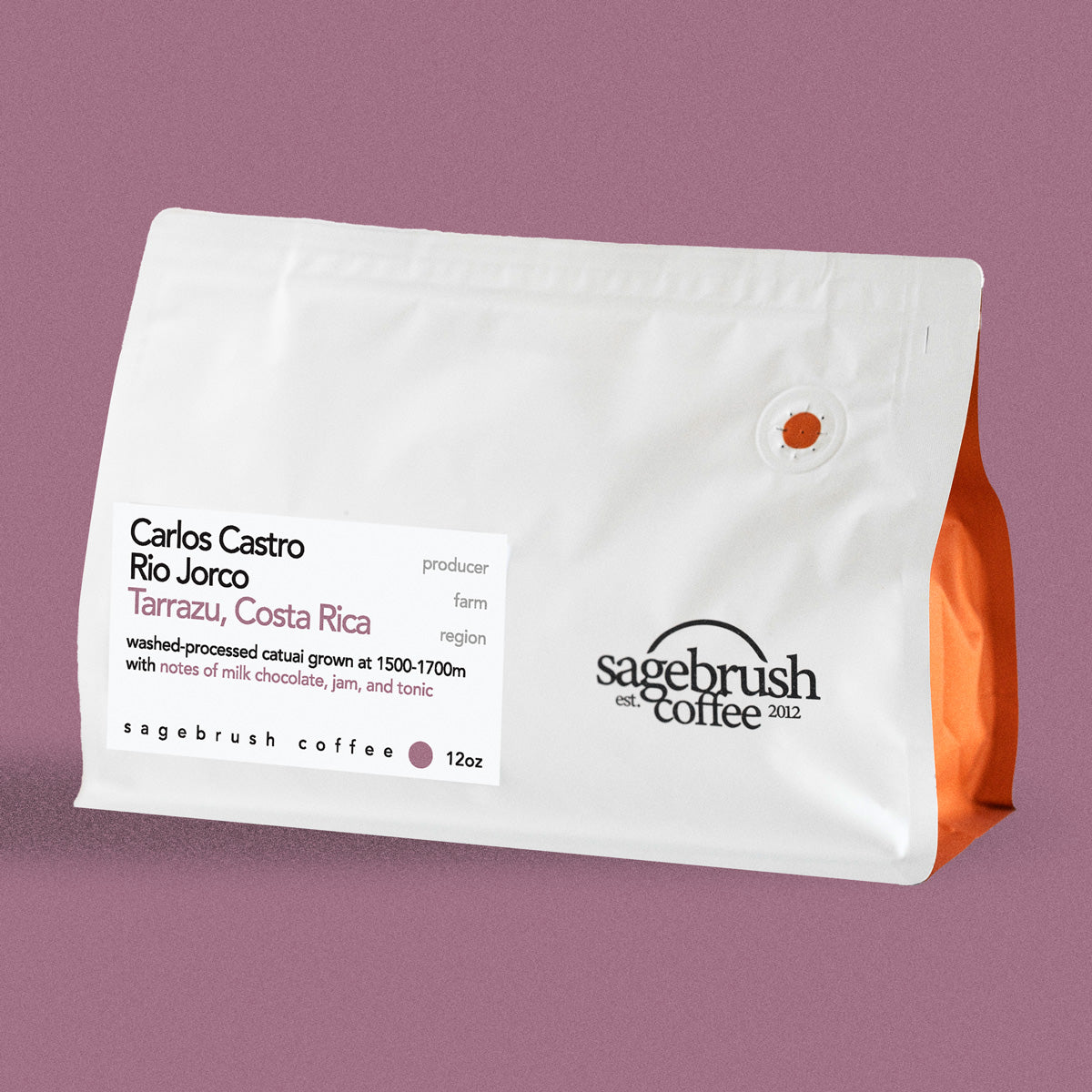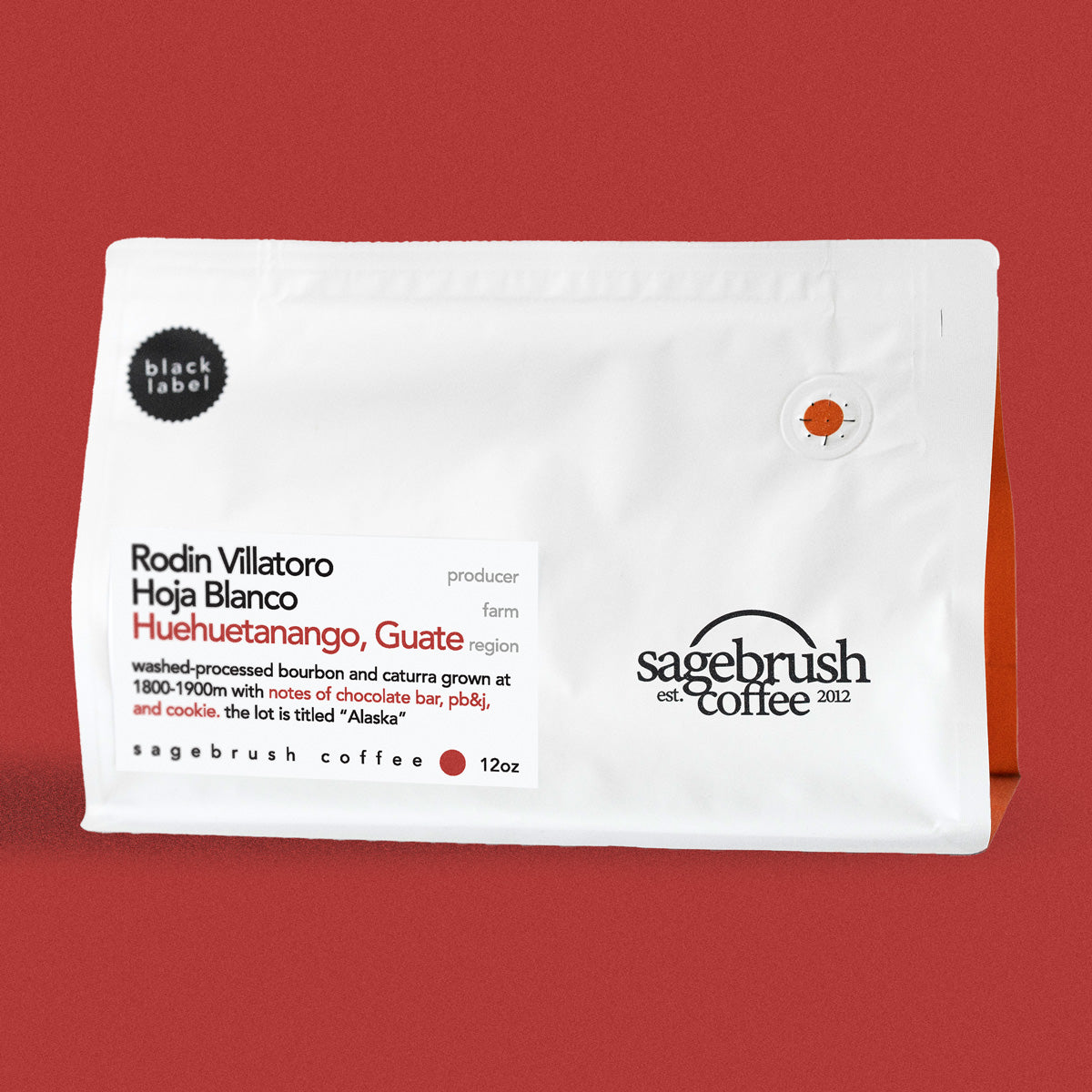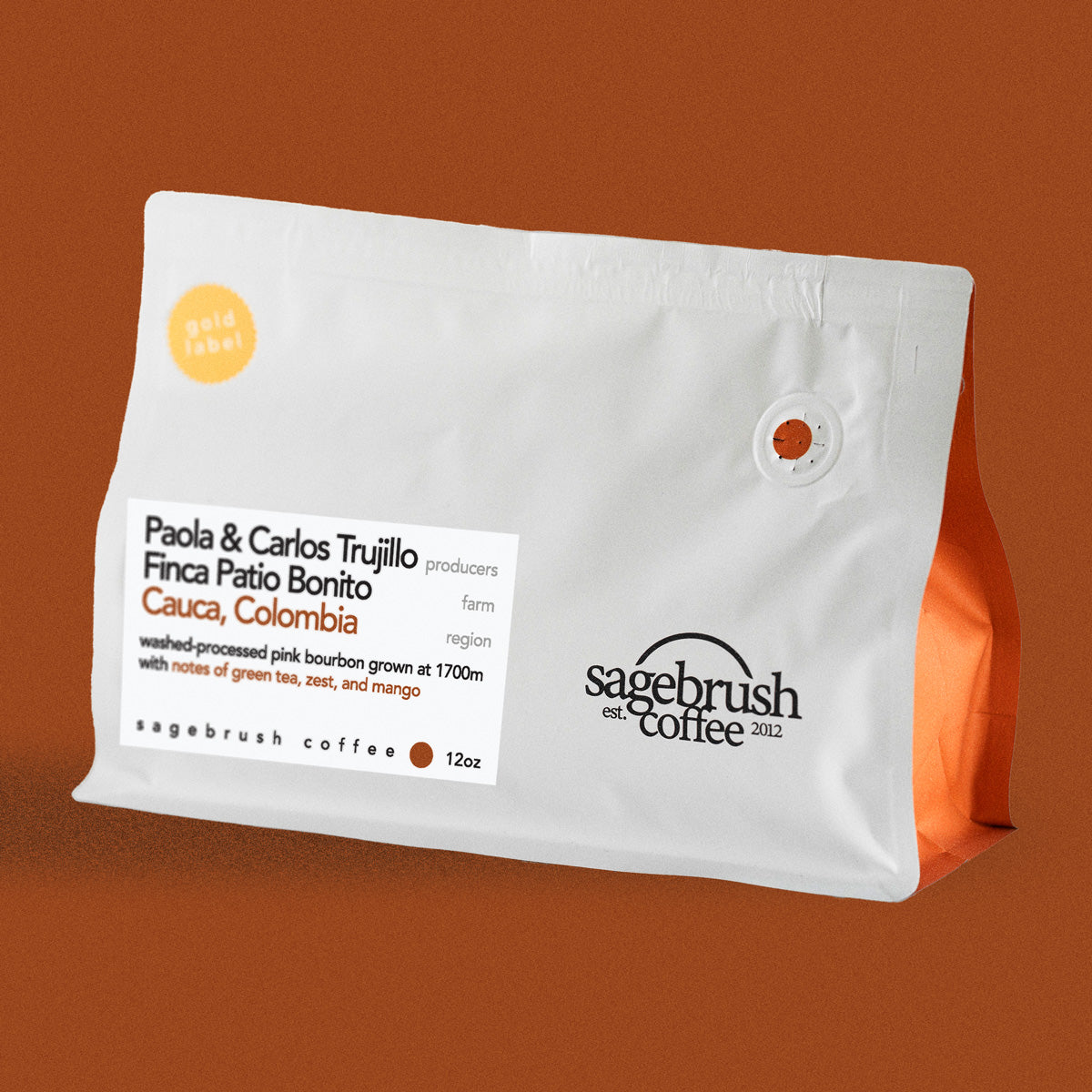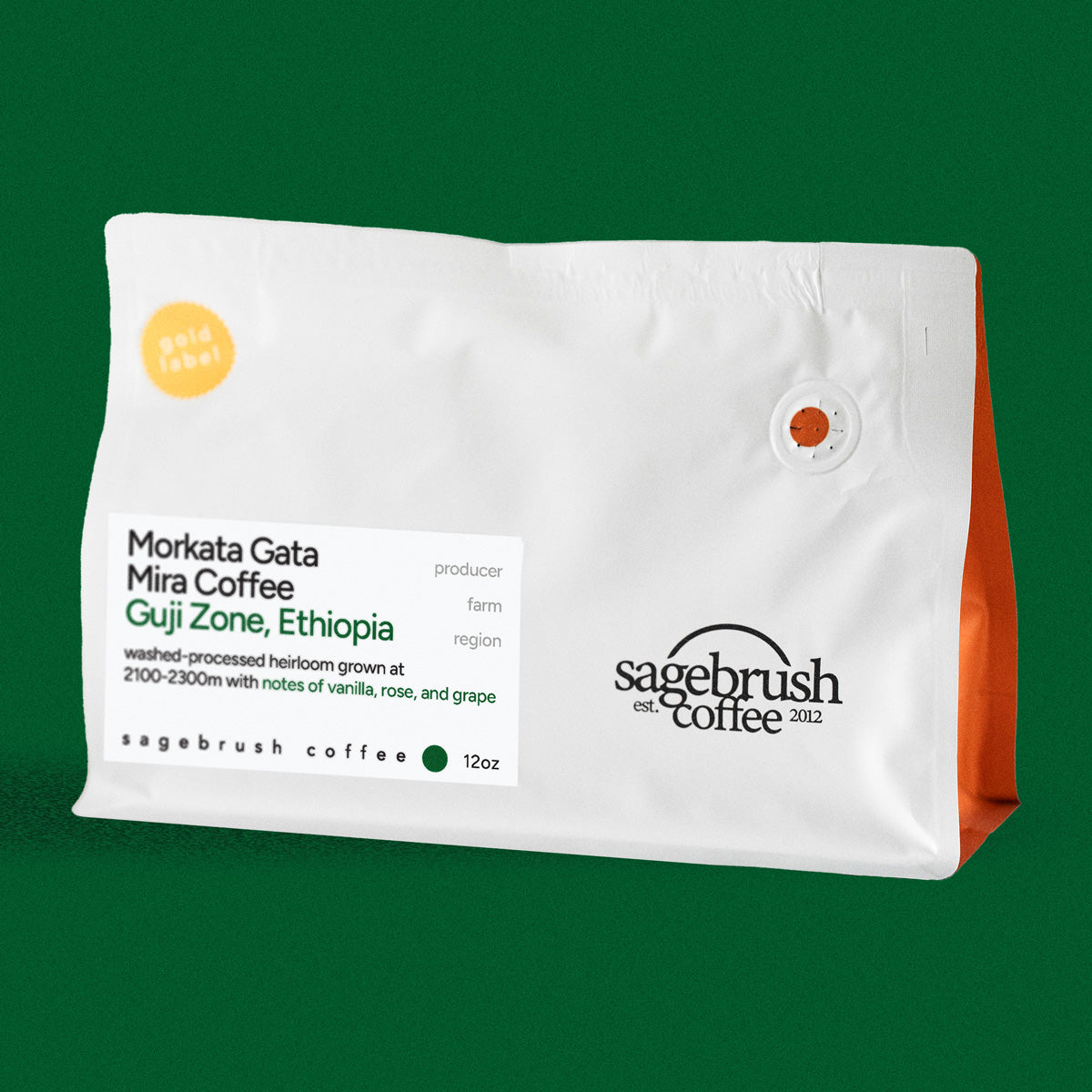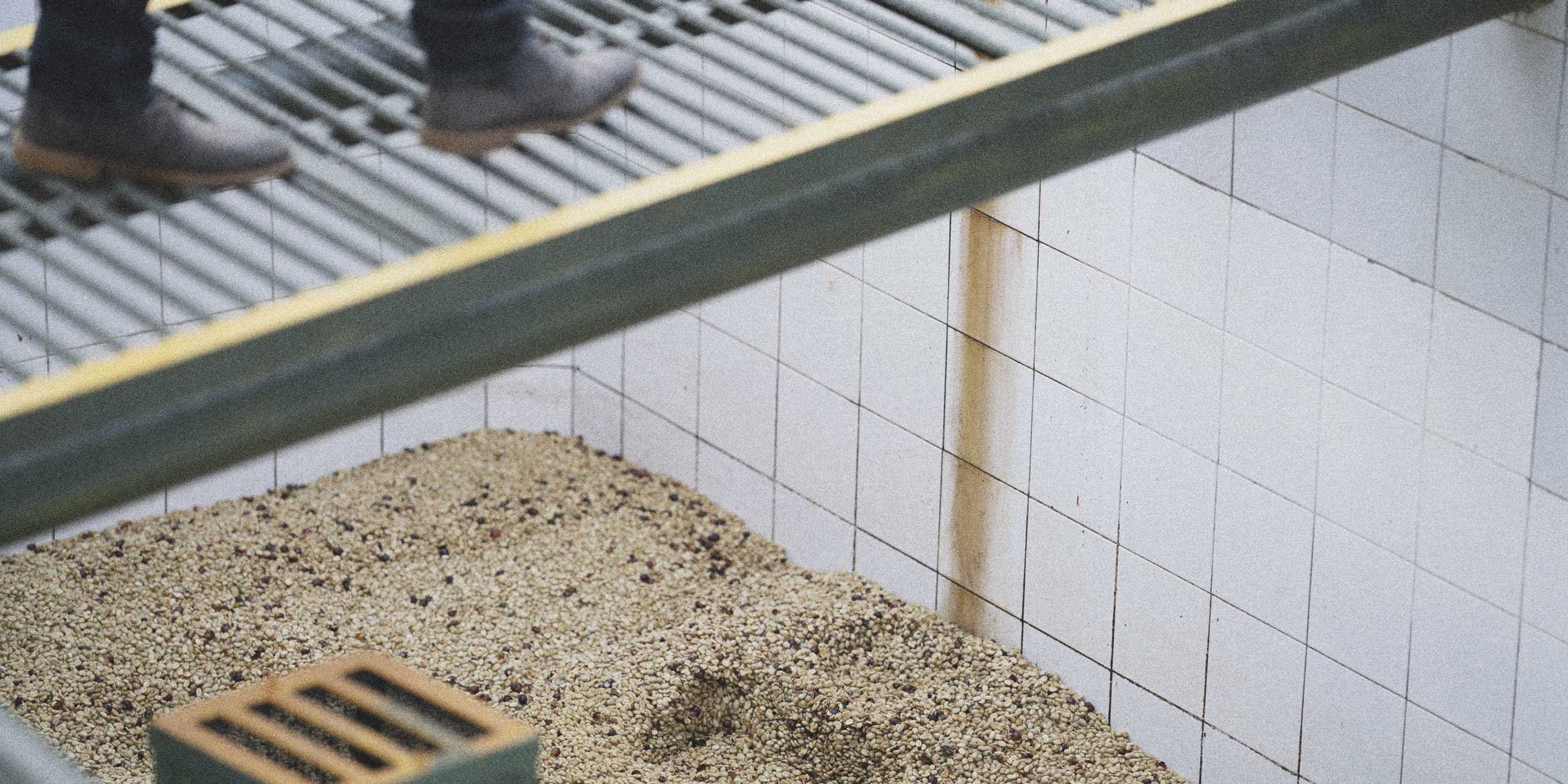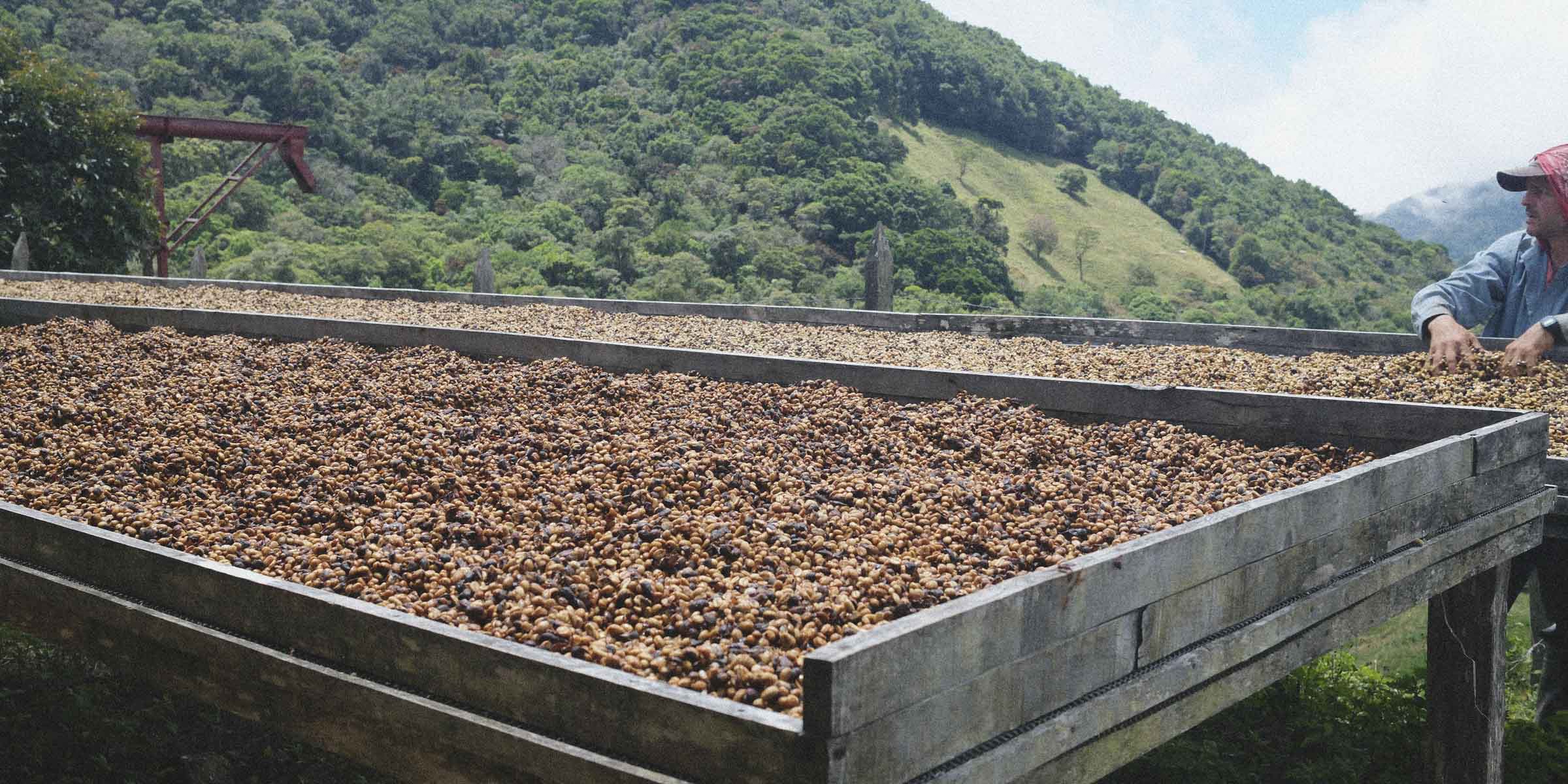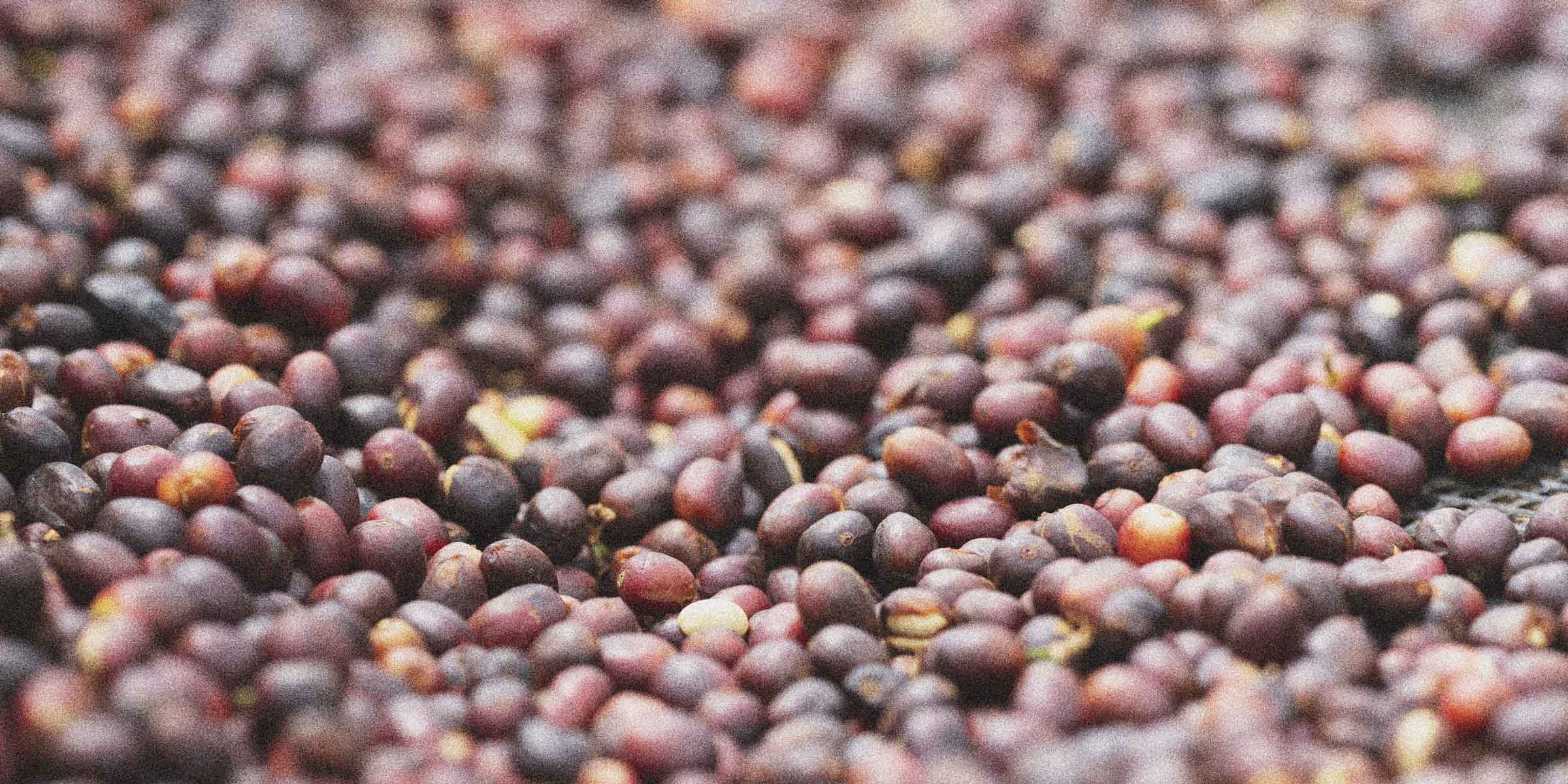Coffee Processing Overview •
Read our Processing articleCoffee Processing Guide: Washed Processing - Drawing Out Complexity
From the water-intensive precision of washed coffees to the fruit-forward complexity of naturals, from the balanced sweetness of honeys to experimental anaerobic fermentations, processing methods are the hidden variable that makes specialty coffee endlessly interesting. Understanding these methods isn't about becoming a coffee snob, it's about appreciating the craft behind every cup and knowing why your favorite coffee tastes the way it does.
Coffee Processing Overview
Processing begins the moment ripe coffee cherries are picked. These cherries, yes, coffee is actually a fruit, must be transformed into the green beans that roasters import. This transformation happens at processing mills where cherries are sorted, processed, and dried using one of three main methods: washed, natural, or honey. Each method removes the fruit differently, affecting fermentation, drying time, and ultimately, flavor. While innovations continue to emerge, these three remain the foundation of coffee processing worldwide.
Washed (also known as ‘wet’ processed) Processing
In a washed process (also known as 'wet' processed) coffee, the coffee cherries are first de-pulped–meaning, they're sent through a machine that removes the skin and outer pulp of the fruit.
Once de-pulped, the cherries are soaked in water and agitated in some form of fermentation tank. This can be as fancy as a stainless steel tank or as simple as a bucket, depending on the resources available.
While fermenting, the microbes already present on the coffee seeds go to work breaking down the final, sticky, sweet layer of mucilage that clings to the seeds. This process can take anywhere from a few hours to a few days, and looks different from mill to mill.
When the fermentation step is complete, the beans are rinsed and dried–either on raised beds outside or with a mechanical dryer.
The washed process is the most common method for two reasons: reliability and flavor consistency.
Washed coffees are the most consistent of the processing methods in producing successful flavors because the variables affecting taste are minimized. It's reliable.
The downside of washed coffees is that they are water-intensive, which is a problem for producers in places where water is not abundant. This process is also traditionally more expensive. The tradeoff here tends to be worth it for producers, however, since washed coffee is still the most common processing method out there.
How Does Processing Affect Flavor?
The word "clean" is often used to describe the flavors of washed coffees. You can read about the how and why of our flavor profiles at Sagebrush here, but for now, let's define what the coffee industry means when they describe a coffee as "clean".
Unlike the natural and honey processes, where a lot of the flavor comes from the fruity sugars of the pulp left on the beans, most of the flavor found in washed coffees comes from the bean itself. You tend to get more of the characteristics unique to that origin and variety of bean. For example, a Latin American washed coffee will show more of the chocolatey or nutty notes that are prevalent in that region whereas an Ethiopian landrace might show more fruity notes.
They may be the most common, but that doesn't mean washed coffees are boring. In fact, at Sagebrush, washed coffees are typically our best-sellers as they almost always produce a cleaner cup with a lively acidity.
Featured collection
Jairo Ruiz • Washed-Processed Gesha
Carlos Castro • Washed-Processed Catuai
Morkata Gata • Washed-Processed Guji Heirloom



